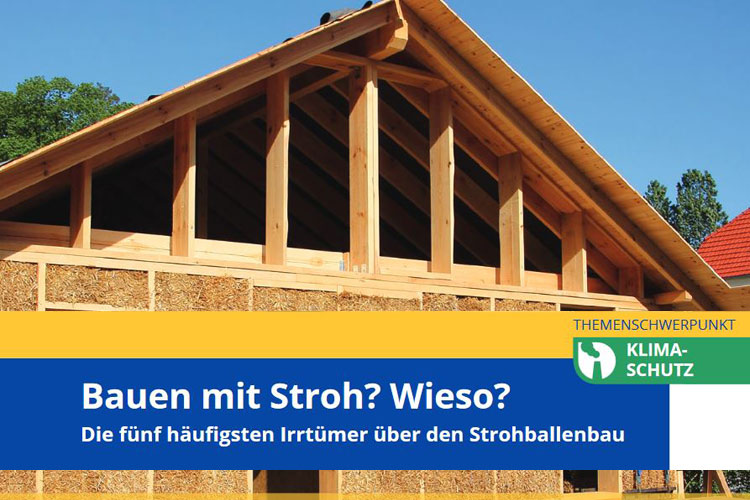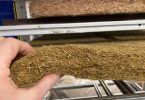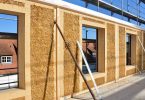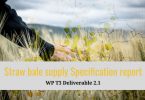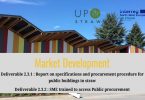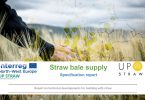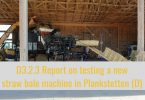“Straw-insulated houses are not stable.”
Straw has been a building material recognised by the building authorities since 2006 (DE, around 2000 in AT, UK). The straw building guideline of the Fachverband Strohballenbau Deutschland e.V. states exactly how to build professionally with straw. Straw bale houses that are built according to these are as stable, safe and durable as other houses. The oldest straw-insulated house in Europe was built in 1921.
“Straw-insulated houses burn burn down easily.”
Only loose straw burns easily. Built-in straw bales are compacted and – like wood – classified as normally flammable. With appropriate plasters and claddings, straw-insulated buildings meet any fire protection requirement (F30, F60, F90, F120).
“Straw-insulated houses mould.”
Professionally constructed straw-insulated buildings are safe from a moisture point of view and do not mould. The building requirements for this have been researched and recognised by the building authorities.
“Straw-insulated houses attract mice and vermin.”
Mice and other pests will not attack properly constructed straw bale houses. Straw bales offer practically no food and are compacted and lined in such a way that they do not provide cavities for small animals.
“Straw-insulated houses take straw away from farmers.”
The straw that grows each year just in Germany would be enough for around 1.7 million single-family homes. At present, 50-100 straw-insulated buildings are built every year just in Germany.
Author: FNR – Fachagentur Nachwachsende Rohstoffe
Benedikt Kaesberg
Projektleiter UP STRAW Deutschland
Zimmermeister und Strohbau-Experte

